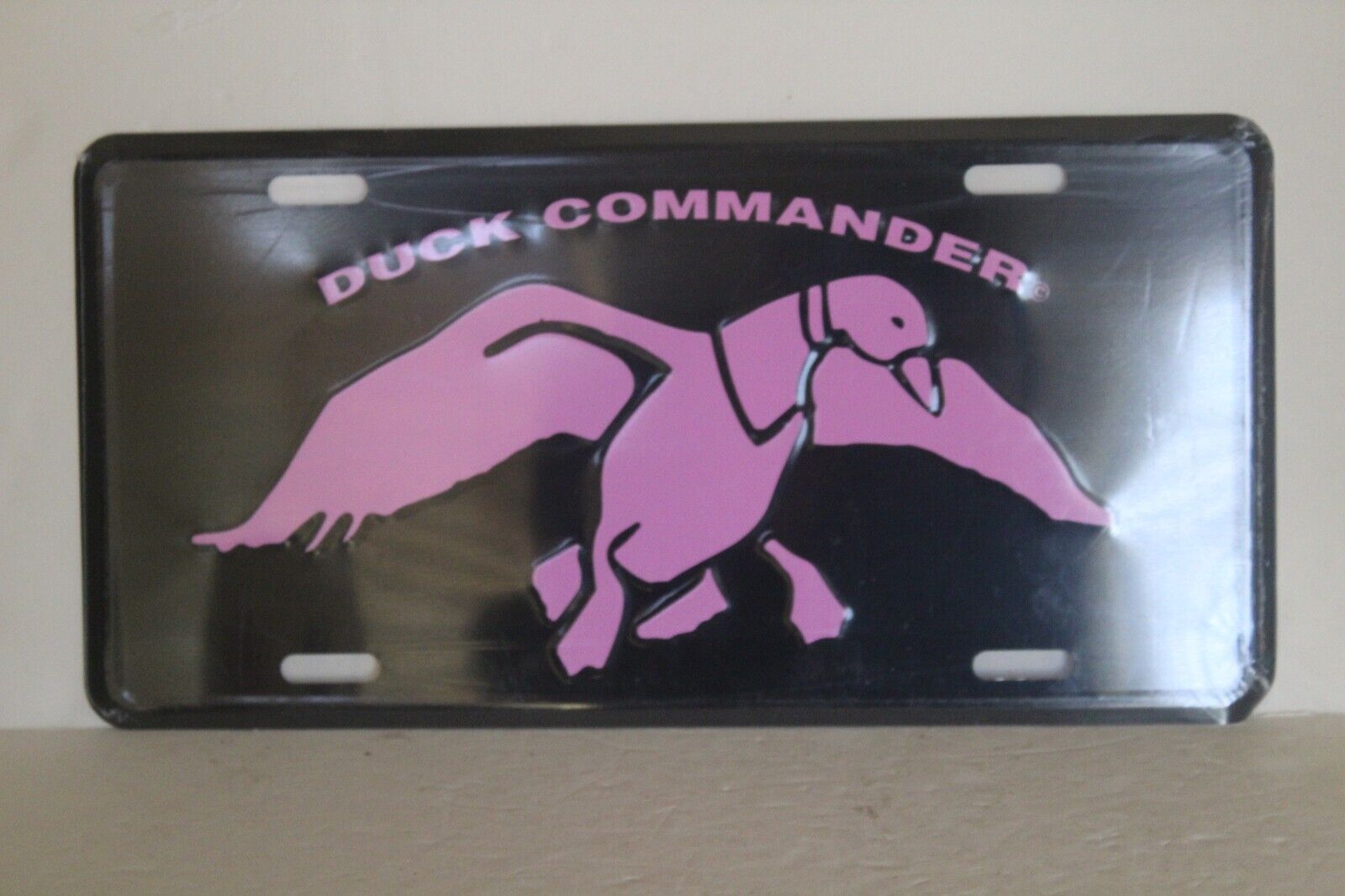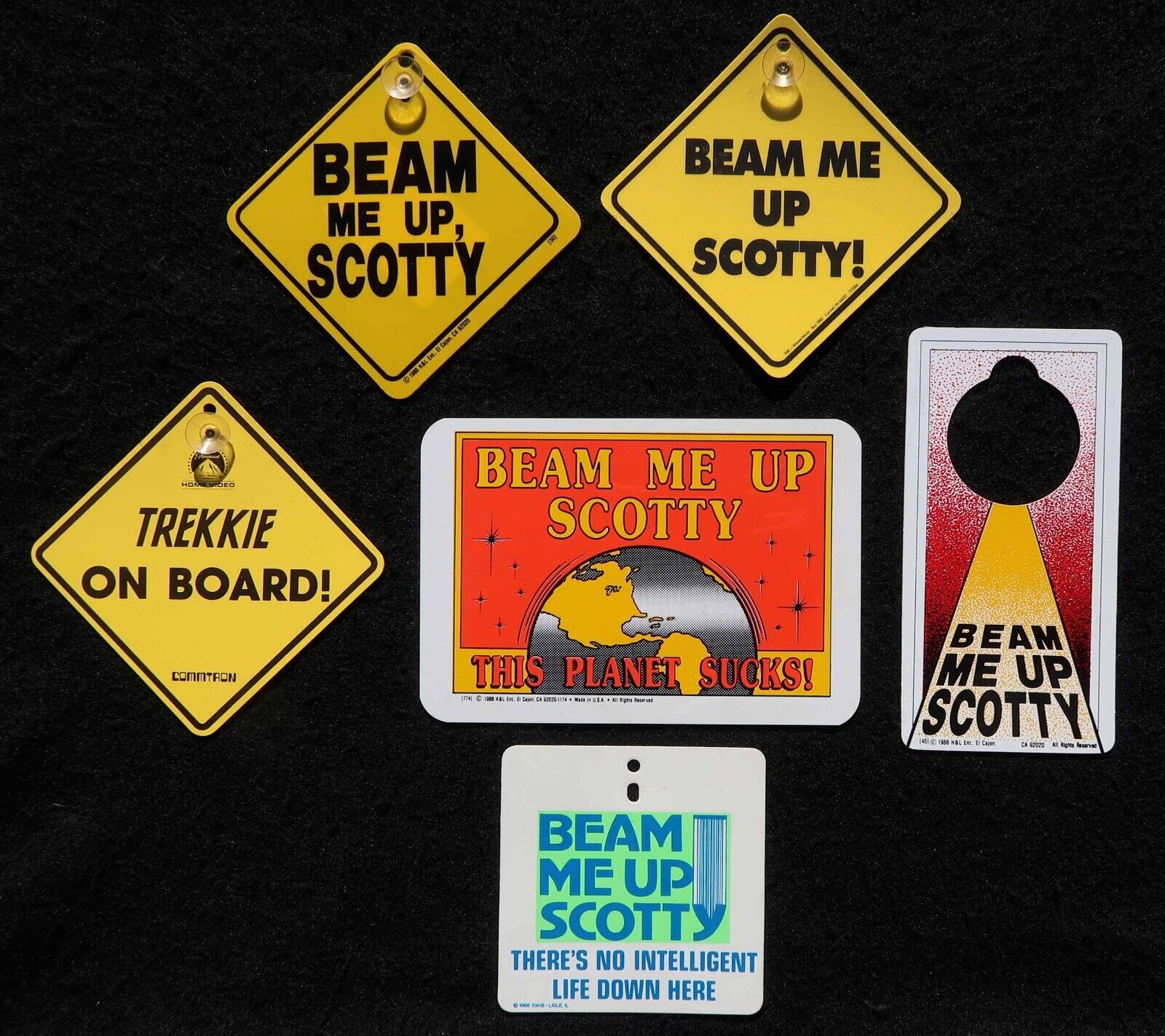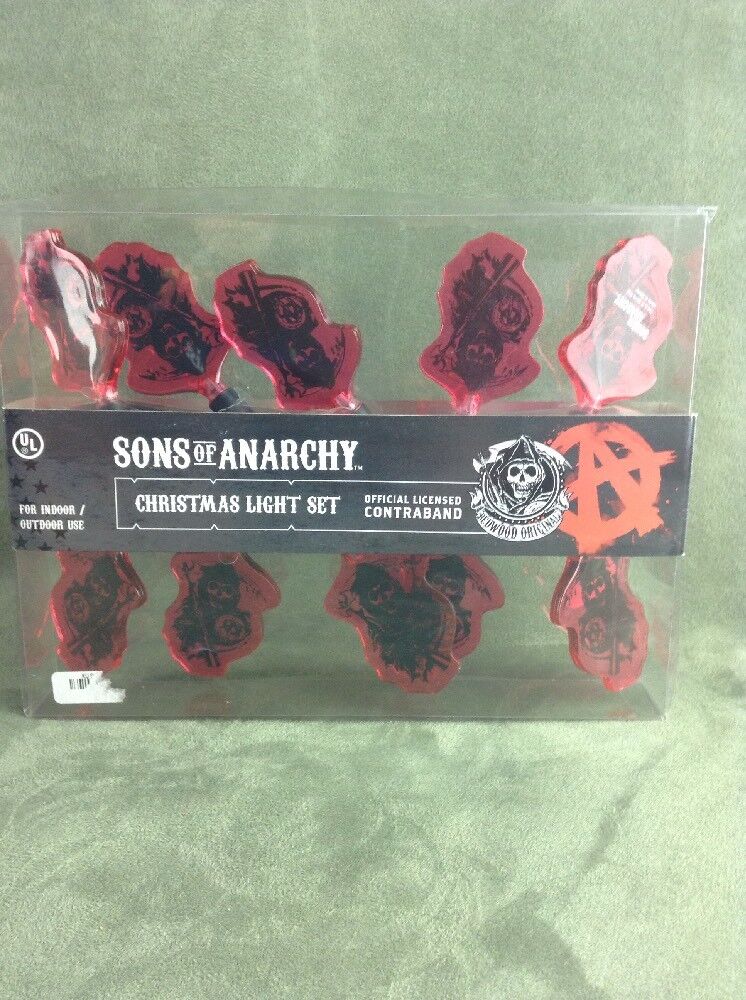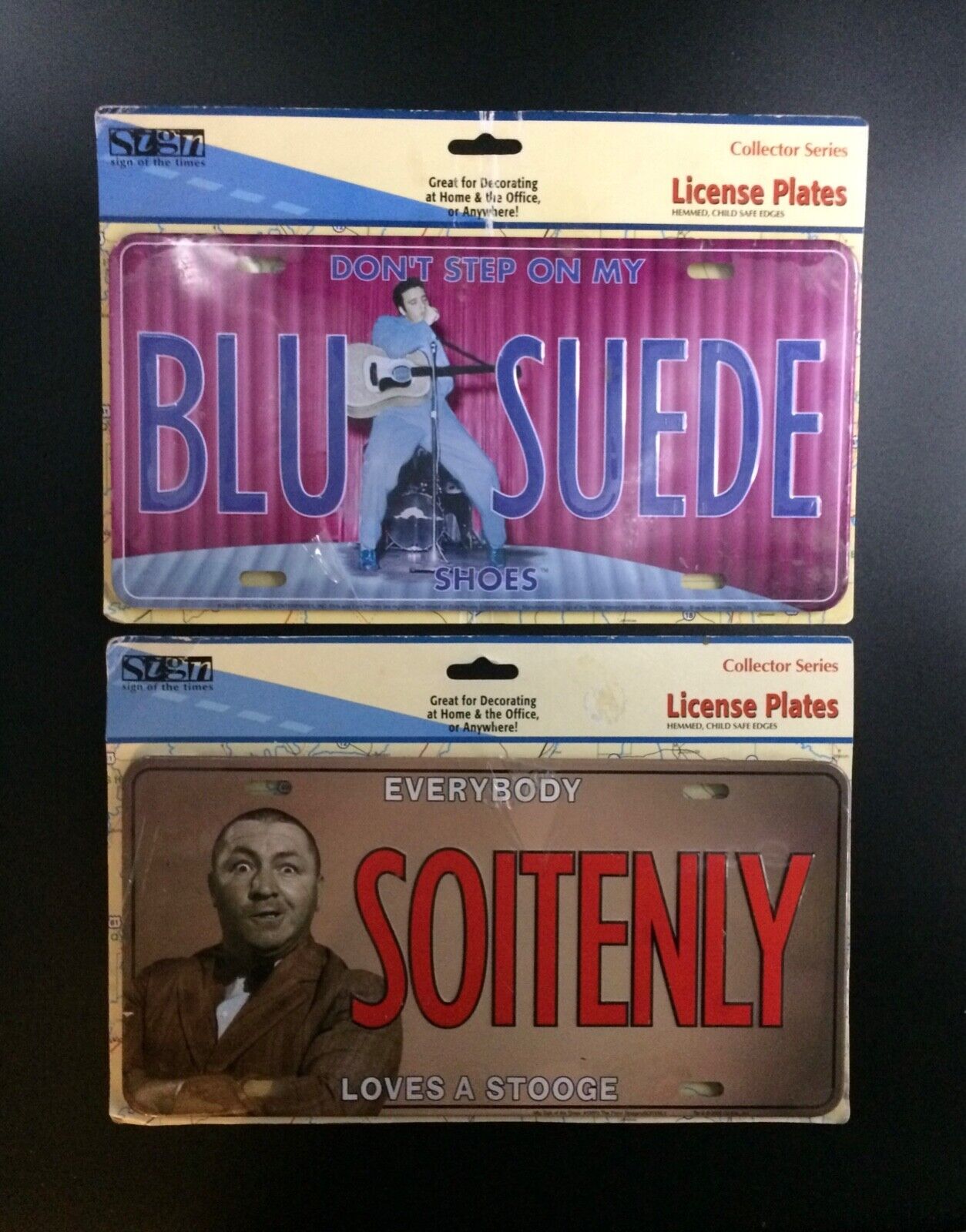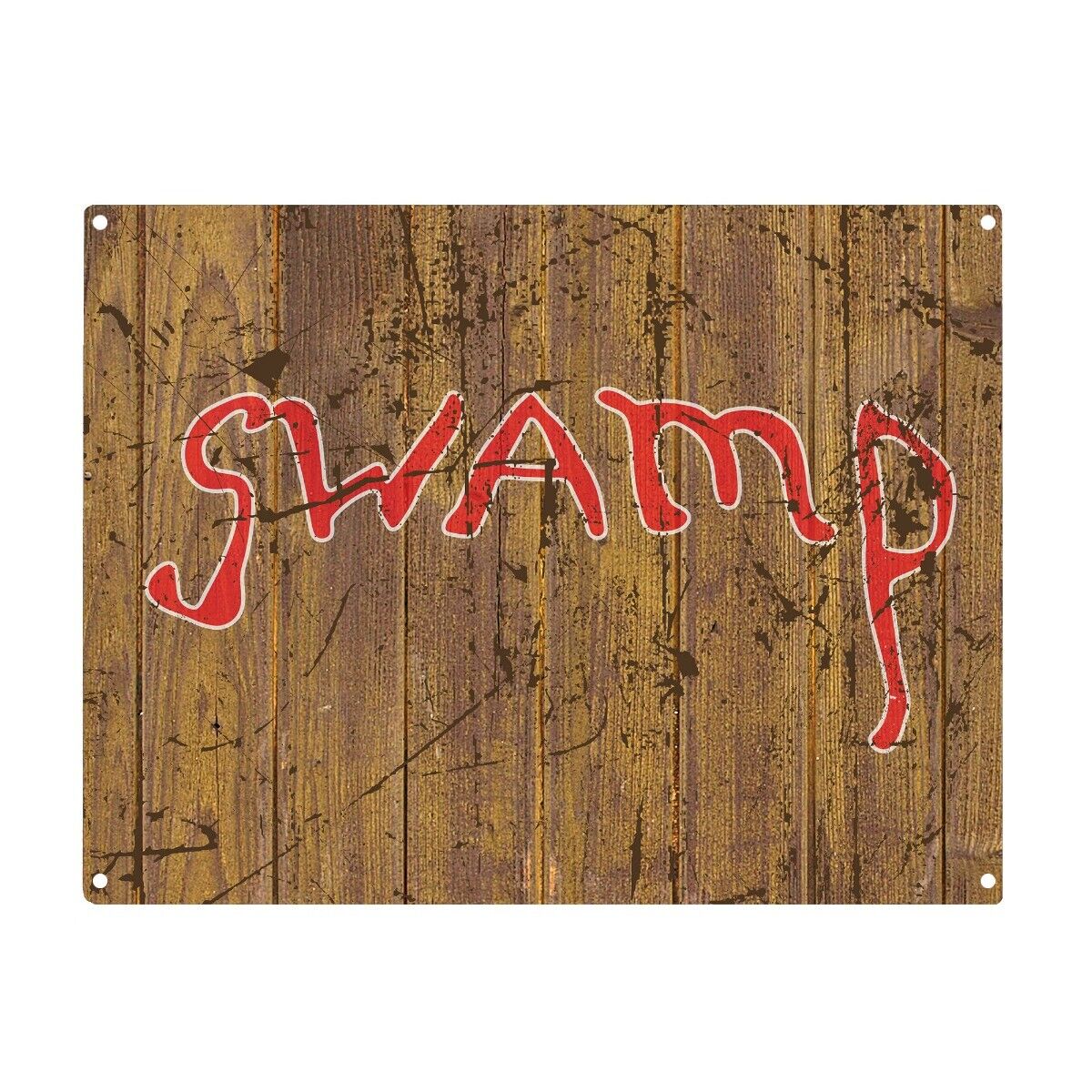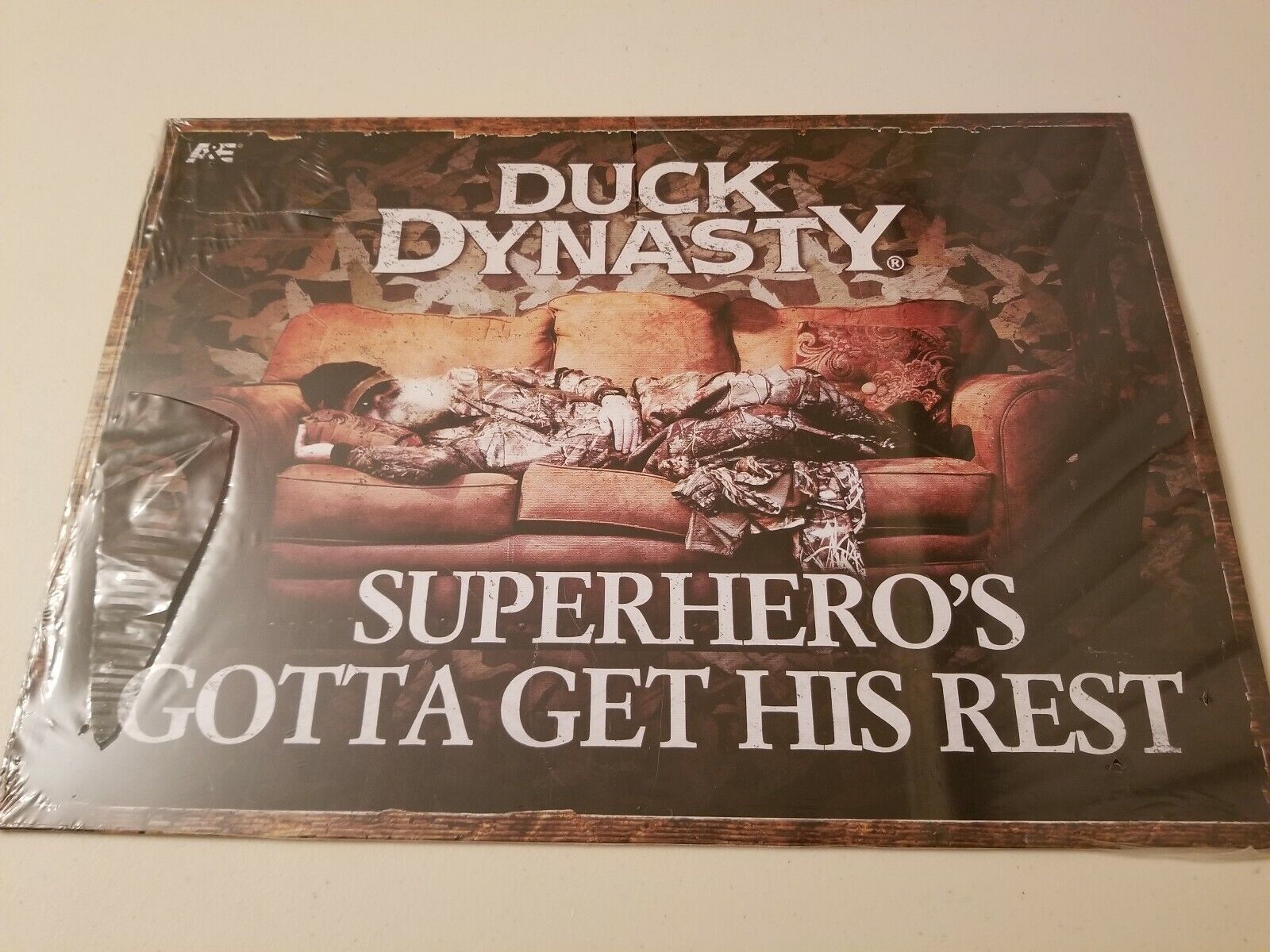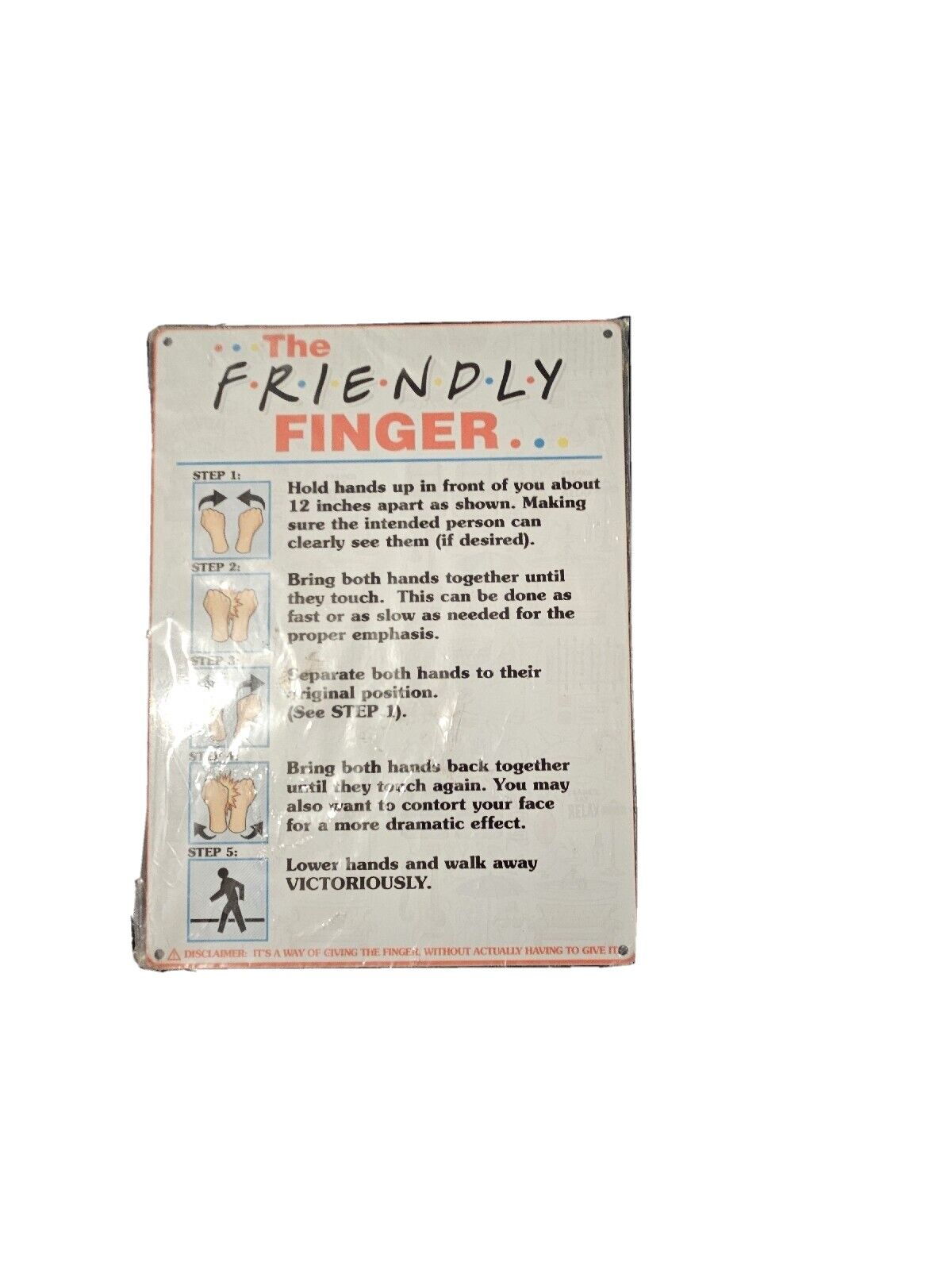-40%
HUNTER LIVES HERE w DEAR metal sign for hunters deer BIG GAME bears rabbit elk
$ 15.83
- Description
- Size Guide
Description
I am happy to put forth this beautiful item for sale. This Sign is now OUT OF PRINT, so I only have this last one....and then that is it for inventory.
You are bidding on one BRAND NEW aluminum metal tin sign
.....
It is
a brand new metal tin sign that would be very
much
enjoyed indeed by
any home .
The sign is unopened
and still in the original shrink-wrap.
I image this sign hanging in the
den of a fan
,
or ou
t
si
de in his/her favorite parking place
or better yet in your GARAGE.
It is a hoot. I was made here in the USA , and it measures
8 inches by 12 inches in size.
It in an
Embossed Aluminum Sign .
I hope this finds a nice home.
Thank you , Harry
Some FUN info from wikipedia:
Hunting
From Wikipedia, the free encyclopedia
"Hunter" redirects here. For other uses, see
Hunter (disambiguation)
.
Boar
hunting,
Tacuinum Sanitatis
(a medieval handbook on health and wellbeing) casanatensis (14th century)
Mughal
Aristocracy
hunting a
Blackbuck
alongside an
Asiatic Cheetah
Hunting
is the practice of killing or trapping any living organism, or pursuing it with the intent of doing so. Hunting
wildlife
or feral animals is most commonly done by humans for food,
recreation
, or trade. In present-day use, lawful hunting is distinguished from
poaching
, which is the illegal killing, trapping or capture of the hunted species. The species that are hunted are referred to as
game
and are usually
mammals
and
birds
.
Hunting can also be a means of
pest control
. Hunting advocates state that hunting can be a necessary component
[
1
]
of modern
wildlife management
, for example, to help maintain a population of healthy animals within an environment's ecological
carrying capacity
when natural checks such as predators are absent.
[
2
]
However, hunting has also heavily contributed to the endangerment,
extirpation
and
extinction
of many animals.
[
3
]
The pursuit, capture and release, or capture for food of
fish
is called
fishing
, which is not commonly categorised as a form of hunting. It is also not considered hunting to pursue animals without intent to kill them, as in
wildlife photography
or
birdwatching
. The practice of
foraging
or
gathering
materials from plants and
mushrooms
is also considered separate.
Skillful tracking and acquisition of an elusive target has caused the word
hunt
to be used in the vernacular as a metaphor, as in
treasure hunting
, "bargain hunting", and even "hunting down corruption and waste".
Rabbit Fire
From Wikipedia, the free encyclopedia
"Wabbit season" redirects here. For the
Married... with Children
episode, see
List of
Married... with Children
episodes
.
Rabbit Fire
Looney Tunes
(
Bugs Bunny
)
series
Lobby card
Directed by
Charles M. Jones
Produced by
Eddie Selzer
Story by
Michael Maltese
Voices by
Mel Blanc
Arthur Q. Bryan
(uncredited)
Music by
Carl W. Stalling
Animation by
Ken Harris
Phil Monroe
Lloyd Vaughan
Ben Washam
Layouts by
Robert Gribbroek
Backgrounds by
Philip DeGuard
Studio
Warner Bros. Cartoons
Distributed by
Warner Bros. Pictures
The Vitaphone Corporation
Release
date(s)
May 19, 1951 (USA)
Color process
Technicolor
Running time
7:00
Language
English
Preceded by
The Fair-Haired Hare
(Bugs) /
The Ducksters
(Daffy)
Followed by
French Rarebit
(Bugs) /
Drip-Along Daffy
(Daffy)
Rabbit Fire
is a 1951
Looney Tunes
(reissued as a
Blue Ribbon
Merrie Melodie
) cartoon starring
Bugs Bunny
,
Daffy Duck
and
Elmer Fudd
. Directed by
Chuck Jones
and written by
Michael Maltese
, the short is notable for being the first film in Jones' "hunting trilogy"—the other two films being
Rabbit Seasoning
and
Duck! Rabbit, Duck!
. It is also the first film to feature a feud between Bugs and Daffy. Produced by
Edward Selzer
for
Warner Bros. Cartoons, Inc.
, the short was released to theaters on May 19, 1951 by
Warner Bros. Pictures
and is widely considered among Jones' best and most important films. It is also the first film to
star
both
Bugs Bunny
and
Daffy Duck
.
The film marks a significant change in Daffy's style, away from the "screwball" and toward the "foil" for Bugs' jokes.
Contents
[
hide
]
1
Plot
2
Voice Actors
3
Reaction
4
Production details
5
Edited versions
6
Credits
7
References
7.1
Sources
8
External links
Plot
[
edit
]
Daffy Duck lures Elmer Fudd to Bugs Bunny's burrow, and watches from aside when Elmer attempts to shoot Bugs. Bugs informs Elmer that it isn't rabbit
season
, but instead duck season. Daffy emerges, irate, and attempts to convince Elmer that Bugs is lying. Their conversation breaks down into Bugs leading Daffy to admit it is duck season by a number of verbal plays.
Once Daffy admits it is duck season, Elmer fires his shotgun at Daffy, causing the duck to suffer a temporary setback before he comes back and tries again. This repeats multiple times during the short, with Daffy trying different ploys to get Elmer to shoot Bugs, but Bugs continues to outwit him. After Daffy is shot for the third time, he walks away. Elmer tries to shoot him, but his gun has no more shells. Daffy is then thrilled, grabs Elmer's gun to make sure, but is shot in the face with the last shell.
The Addams Family
(1964 TV series)
From Wikipedia, the free encyclopedia
The Addams Family
Created by
Charles Addams
Developed by
David Levy
[
1
]
Starring
John Astin
Carolyn Jones
Jackie Coogan
Ted Cassidy
Blossom Rock
Ken Weatherwax
Lisa Loring
Opening theme
Vic Mizzy
Country of origin
United States
Original
language(s)
English
No. of seasons
2
No. of episodes
65 (
List of episodes
)
Production
Executive
producer(s)
David Levy
Producer(s)
Nat Perrin
Location(s)
Hollywood, California
Exeter, New Hampshire
Camera setup
Single-camera
Running time
25 minutes
Production
company(s)
Filmways
Distributor
MGM Television
(through
The Program Exchange
)
Broadcast
Original channel
ABC
Picture format
Black-and-white
Audio format
Mono
Original run
September 18, 1964 – April 8, 1966
Chronology
Followed by
Halloween with the New Addams Family
The Addams Family
is an American television series based on the characters in
Charles Addams
'
New Yorker
cartoons
. The 30-minute series was shot in
black-and-white
and aired for two seasons on
ABC
from September 18, 1964, to April 8, 1966, for a total of 64 episodes. It is often compared to its
CBS
rival,
The Munsters
, which ran for the same two seasons and achieved somewhat higher
Nielsen ratings
.
[
2
]
The show is the first adaptation of the
Addams family
characters to feature
The Addams Family Theme
.
The Addams Family
was originally produced by
Filmways, Inc.
at
General Service Studios
in
Hollywood, California
. Successor company
MGM Television
(via
The Program Exchange
for broadcast syndication and
20th Century Fox Home Entertainment
for home video/DVD) now own the rights to the show.
Premise
[
edit
]
The Addamses
are a close-knit
extended family
with decidedly
macabre
interests and supernatural abilities. No explanation for their powers is explicitly given in the series.
The very wealthy, endlessly enthusiastic Gomez Addams (
John Astin
) is madly in love with his refined wife, Morticia (née Frump) (
Carolyn Jones
). Along with their daughter Wednesday (
Lisa Loring
), their son Pugsley (
Ken Weatherwax
), Uncle Fester (
Jackie Coogan
), and Grandmama (
Blossom Rock
), they reside at 0001 Cemetery Lane in an ornate, gloomy,
Second Empire
-style
mansion
, attended by their servants: Lurch (
Ted Cassidy
), the towering butler, and Thing (billed as "itself", but portrayed by Cassidy and occasionally by Jack Voglin), a disembodied hand that usually appears out of a small wooden box. Occasionally episodes would feature other relatives such as Cousin Itt (
Felix Silla
), Morticia's older sister Ophelia (also portrayed by Carolyn Jones), or Grandma Frump, Morticia's mother (
Margaret Hamilton
).
Uncle Fester (Jackie Coogan) and Lurch (Ted Cassidy)
Much of the humor derives from their culture clash with the rest of the world. They invariably treat normal visitors with great warmth and courtesy, even though their guests often have evil intentions. They are puzzled by the horrified reactions to their own good-natured and normal behavior, since the family is under the impression that their tastes are shared by most of society. Accordingly, they view "conventional" tastes with generally tolerant suspicion. For example, Fester once cites a neighboring family's meticulously maintained petunia patches as evidence that they are "nothing but riffraff". A recurring theme in the epilogue of many episodes was the Addamses getting an update on the most-recent visitor to their home, either via mail, something in the newspaper, or a phone call. Invariably, as a result of their visit to the Addamses, the visitor would be institutionalized, change professions, move out of the country, or suffer some other negative life-changing event. The Addamses would always misinterpret the update and see it as good news for their most-recent visitor.
The tone was set by series producer Nat Perrin who was a close friend of
Groucho Marx
and writer of several Marx Brothers films. Perrin created story ideas, directed one episode, and rewrote every script. As a result, Gomez, with his sardonic remarks, backwards logic, and ever-present cigar (pulled from his breast pocket already lit), is often compared
[
by whom?
]
to Groucho Marx. The series often employed the same type of zany satire and screwball humor seen in the Marx Brothers films. It lampooned politics ("Gomez, The Politician" and "Gomez, The People's Choice"), the legal system ("The Addams Family in Court"), Beatlemania ("Lurch, The Teenage Idol"), and Hollywood ("My Fair Cousin Itt").
The Munsters
From Wikipedia, the free encyclopedia
The Munsters
Season One opening from
The Munsters
Created by
Allan Burns
Chris Hayward
[
1
]
Developed by
Norm Liebmann
Ed Haas
Starring
Fred Gwynne
Yvonne De Carlo
Al Lewis
Beverley Owen
(1964)
Pat Priest
(1964–1966)
Butch Patrick
Theme music composer
Jack Marshall
Bob Mosher (unaired lyrics)
Country of origin
United States
Original
language(s)
English
No. of seasons
2
No. of episodes
70
(
List of episodes
)
Production
Producer(s)
Joe Connelly
Bob Mosher
Location(s)
Universal Studios
,
Universal City, California
Camera setup
Single-camera
Running time
24 minutes
Production
company(s)
Kayro-Vue Productions
Universal Television
Distributor
NBCUniversal Television Distribution
Broadcast
Original channel
CBS
Picture format
Black-and-white
Audio format
Monaural
Original run
September 24, 1964 – May 12, 1966
Chronology
Followed by
The Munsters Today
The Munsters
is an American
television sitcom
depicting the home life of a family of benign
monsters
. It stars
Fred Gwynne
as
Herman Munster
and
Yvonne De Carlo
as his wife,
Lily Munster
. The series was a satire of both traditional
monster movies
and the wholesome family fare of the era, and was produced by the creators of
Leave It to Beaver
.
[
2
]
[
3
]
It ran concurrently with the similarly macabre themed
The Addams Family
, though had higher figures in the
Nielsen ratings
.
The series originally aired on Thursday at 7:30pm on
CBS
from
September 24, 1964
, to
May 12, 1966
; 70 episodes were produced. It was broadcast weekly on
BBC1
in the UK. It was cancelled after ratings dropped to a low due to the premiere of
ABC
's
Batman
, which was in
color
.
[
4
]
Though ratings were low during its initial two-year run,
The Munsters
found a large audience in
syndication
. This popularity warranted a spin-off series, as well as several films, including one with a theatrical release.
[
5
]
On October 26, 2012, NBC aired a modern
reimagining
of
The Munsters
called
Mockingbird Lane
as a pilot. The series failed to be picked up by
NBC
despite success with Munster fans and good ratings.
A 90min documentary film titled
Our Munster Memories
was announced in May 2014 set to be directed and produced by award winning UK film maker
Frank McGowan
, a noted fan of
The Munsters
and in particular its '80s revival series
The Munsters Today
.
[
citation needed
]
Plot
[
edit
]
Main article:
List of The Munsters characters
The Munsters live at 1313 Mockingbird Lane in the city of Mockingbird Heights, a fictional suburb in California. The running gag of the series was the family, while decidedly odd, consider themselves fairly typical
working-class
people of the era. Herman, like many husbands of the 1960s, is the sole wage-earner in the family, though Lily and Grandpa make (short-lived) attempts to earn a little money from time to time. While Herman is the "head of household," Lily makes many decisions, too. According to the episode in which Lily and Herman Munster were both trying to surprise one another for their anniversary, they were married in the year 1865. Despite the novel approach of the family being (mostly) supernatural creatures, the show followed the typical family sitcom formula of the era – the well-meaning father, the nurturing mother, the eccentric live-in relative, the naive teenager and the precocious kid.
There are some superficial similarities between
The Munsters
and
Addams Family
in that both were shows with a Gothic look that featured families of horror-movie characters incongruent with their mainstream suburban communities. However, the two shows were quite different in tone and characterization. Overall, the characters of
The Addams Family
were wealthy eccentrics who generally stayed at home, while the Munsters were a blue-collar and generally outgoing family of legendary monsters.
The costumes and appearances of the family members other than Marilyn were based on the
classic monsters of Universal Studios
films from the 1930s and 1940s. Universal produced
The Munsters
as well, and was thus able to use these copyrighted designs, including their iconic version of
Frankenstein's monster
for Herman.
[
6
]
Other studios were free to make films with the Frankenstein creature, for example, but could not use the costume and style of makeup originally created by
Jack Pierce
for the 1931
Universal Studios
film
Frankenstein
. The make-up for the show was created and applied to the actors by horror make-up legend
Bud Westmore
, who pioneered many make-up effects and designs for many of the Universal Monster movies.
Cast
[
edit
]
Regulars
[
edit
]
Character
Actor/Actress
Herman Munster
Fred Gwynne
Lily Munster
(née Dracula)
Yvonne De Carlo
Grandpa
(Count Sam Dracula)
Al Lewis
Eddie Munster
Butch Patrick
Marilyn Munster
Beverley Owen
(ep. 1–13)
Pat Priest
(ep. 14–70)
The Raven
Mel Blanc
Bob Hastings
Spot
Kitty
As himself
Recurring guests
[
edit
]
Character
Actor/Actress
Dr. Edward H. Dudley, MD
Paul Lynde
(ep. 4, 6, 19),
Dom DeLuise
(ep. 55)
Mr. Gateman
John Carradine
Clyde Thornton
Chet Stratton
Your browser does not support JavaScript. To view this page, enable JavaScript if it is disabled or upgrade your browser.


